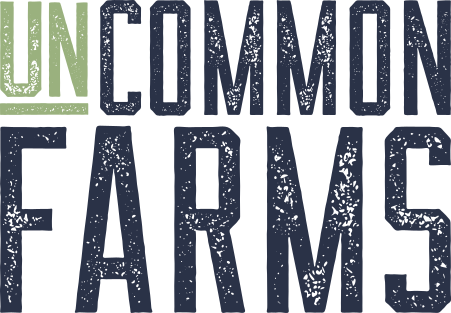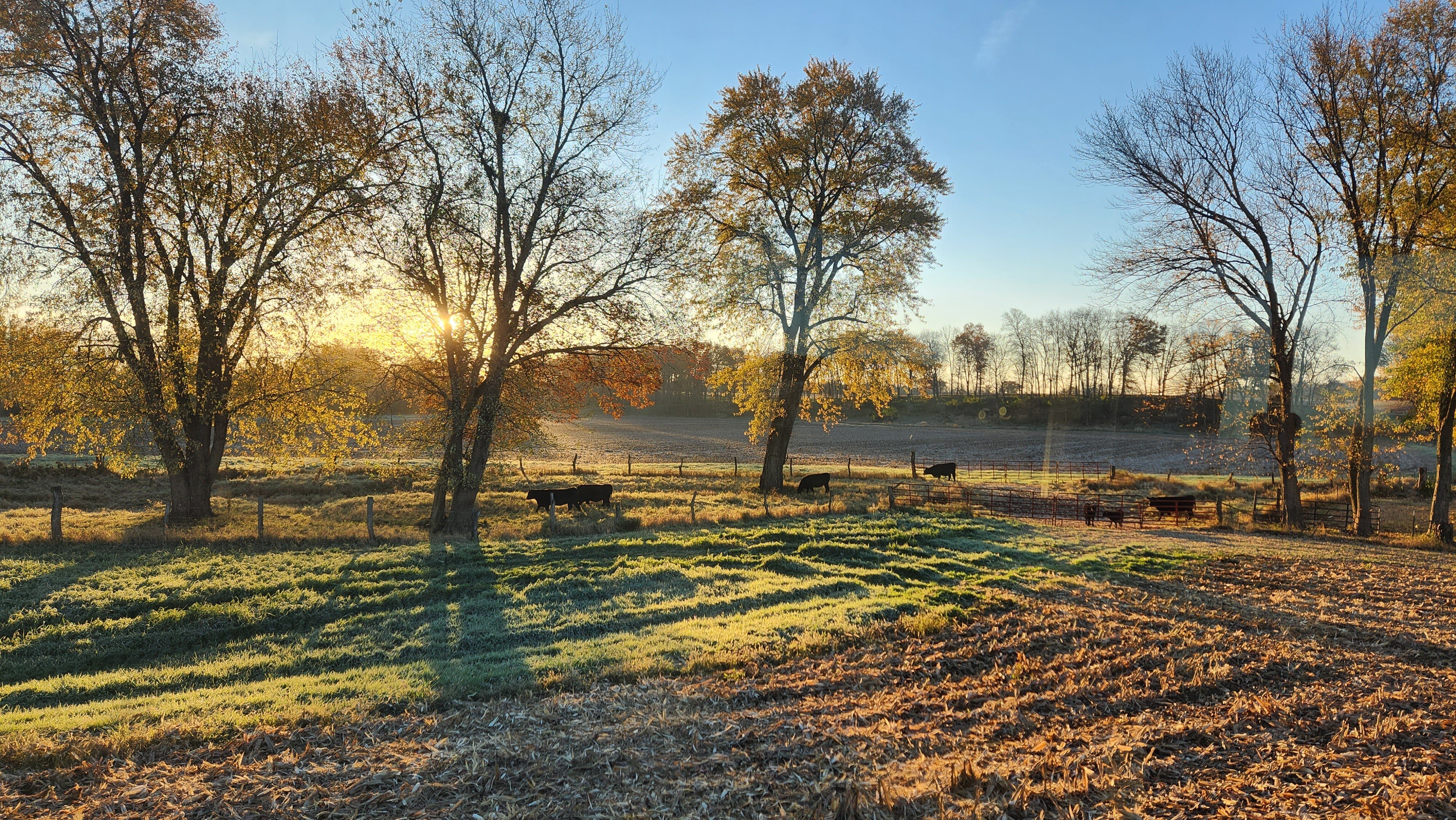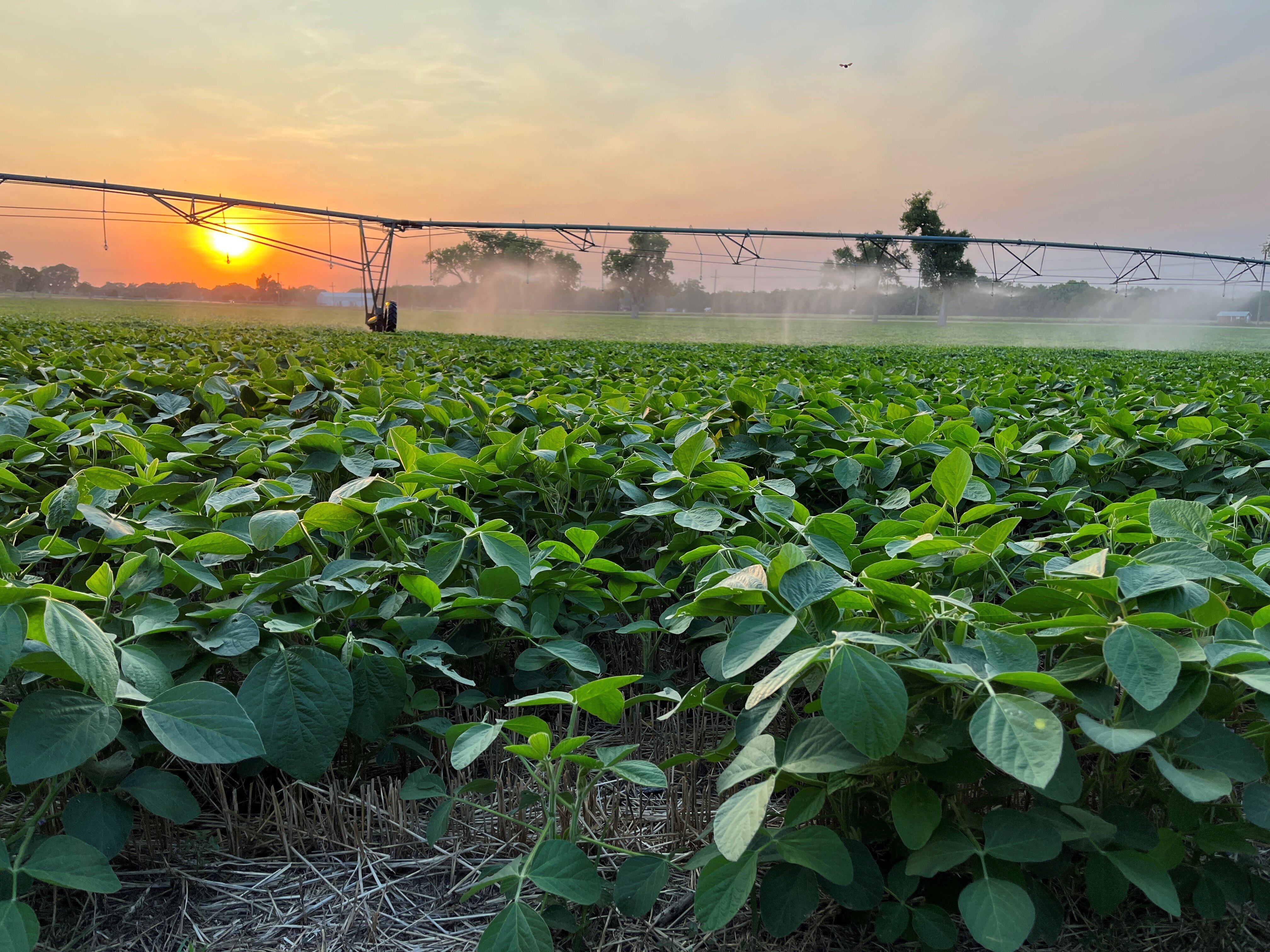Securing grants can be a pivotal strategy for enhancing your farm's operations, whether you're launching a new venture or seeking funding for specific projects. While grant availability can shift with federal and state priorities, there continue to be numerous targeted opportunities for farmers — particularly for projects related to sustainability, renewable energy, specialty crops, and underserved producers.
Understanding Farm Grants
Farm grants are financial awards provided by federal, state, and local agencies, as well as private organizations. These programs typically promote practices such as:
- Organic and sustainable farming
- Soil and water conservation
- Energy efficiency and renewable energy adoption
- Rural development and education
Some grants are tailored to specific geographic regions, agricultural sectors, or demographics. Increasingly, minority and underserved farmers are eligible for targeted grant opportunities to help promote equity in agriculture.
If you’re just beginning to organize your farm finances, check out our guide on Farm Accounting and Financial Management Simplified to strengthen your financial foundation before applying for grants.
1. Identify and Prioritize Your Farm Projects
Start by identifying your farm’s short-term and long-term goals. Which projects would most benefit from outside funding? Examples include:
- Transitioning to solar energy
- Installing a more energy-efficient grain dryer
- Implementing no-drip or precision irrigation systems
Rank these projects based on importance, feasibility, and potential return on investment. Prioritization ensures your grant applications focus on the most impactful improvements.
Your priorities may shift based on available funding through federal and state agricultural grants—so stay informed on new programs released throughout the year.
2. Accurately Estimate Project Costs
Detailed, realistic cost estimates strengthen your credibility with grant reviewers. Instead of general statements, outline specific expenses—such as equipment, installation, materials, and ongoing maintenance.
For example, instead of saying:
“We plan to expand the irrigation system.”
Say:
“We plan to expand the irrigation system by 40 acres, including $12,000 in materials, $5,000 in labor, and $2,000 in annual maintenance.”
This level of detail demonstrates accountability and helps reviewers understand your farm’s financial planning and readiness.
If you’re not confident in your projections, our article on Farm Budgeting 101: Getting Started can help you create accurate budgets to support strong grant applications.
3. Research Suitable Grant Opportunities
With a clear project scope and budget, start researching farm grant opportunities that align with your goals. Explore:
- Federal programs (like USDA grants for conservation, renewable energy, and innovation)
- State and local agricultural development grants
- Nonprofit and private sector initiatives supporting rural communities
The USDA National Agricultural Library is an excellent resource for both public and private grant listings. Another great tool is the National Sustainable Agriculture Coalition, which maintains a searchable database of federal programs sorted by eligibility and funding purpose.
When possible, align your project goals with a grant’s mission—for instance, pairing local distribution with grants encouraging farm-to-table networks or regional sustainability initiatives.
4. Craft a Compelling Grant Proposal
A strong farm grant proposal clearly communicates your project’s purpose, outcomes, and financial details. Your proposal should:
- Explain how the funds will be used and the benefits to your operation
- Provide a full cost breakdown (equipment, materials, labor, utilities, etc.)
- Answer every question outlined in the grant requirements
- Emphasize long-term community and environmental impact
To boost your success rate, review examples of successful proposals online or consult mentors who have secured grants. If writing isn’t your strength, a professional grant writer can make a big difference.
Consider Professional Assistance
If the process feels overwhelming, hiring a grant-writing professional can be well worth the investment. For a modest percentage of your project cost, these specialists craft detailed, compliant applications that meet each grant’s requirements.
UnCommon Farms partners with experienced agricultural grant-writing providers to help our members prepare USDA-compliant proposals. Many of our members have received grants ranging from $10,000 to $400,000 for farm improvement initiatives.
You can also access free or low-cost assistance through organizations like the Michael Fields Agricultural Institute (for Midwest farms) or other local agricultural support programs.
Submit Tailored Applications Promptly
Apply for multiple grants—but tailor each application to meet the specific requirements of each provider. Missing a deadline could set your project back a full year, and some agencies restrict how often you can apply. Submitting personalized, on-time applications shows professionalism and attention to detail.
Secure Funding to Grow Your Farm
By following these four steps, you can navigate the grant process confidently and increase your chances of success. With careful planning, accurate budgeting, and strong proposals, your farm can access the funding needed to grow sustainably and strategically.
At UnCommon Farms, we’re here to help. Our advisors can connect you with trusted grant-writing partners and guide you through the process—from project planning to successful submission.
Ready to pursue your next farm grant? Contact UnCommon Farms today to learn how we can help secure the funding you need to reach your goals.



